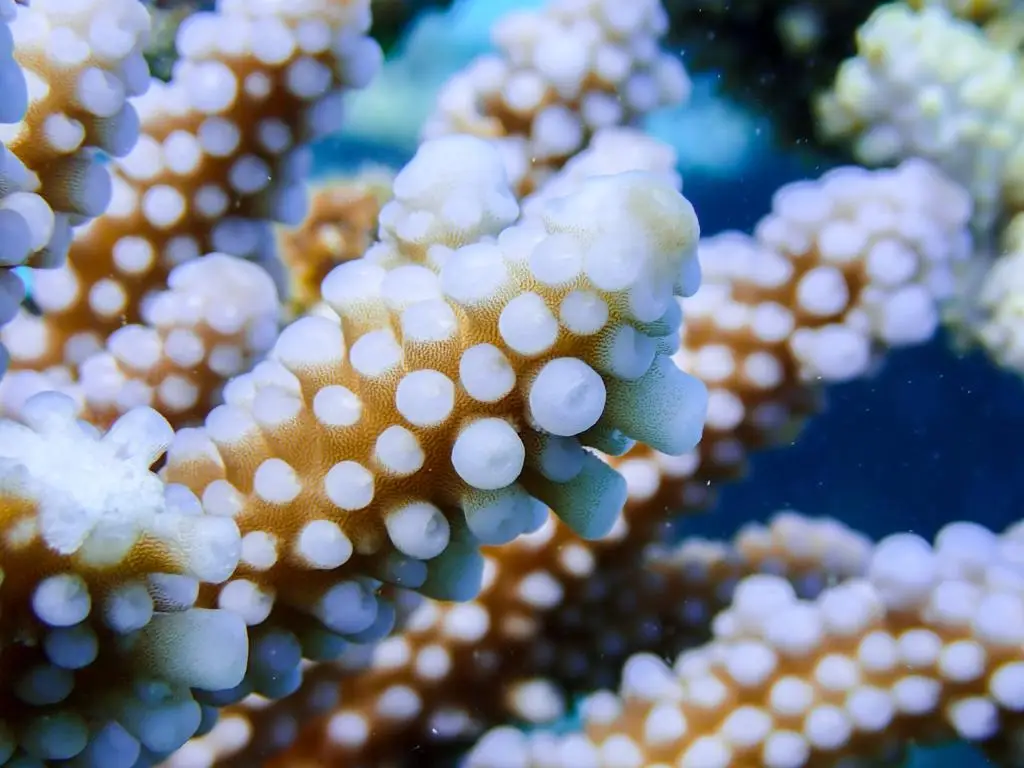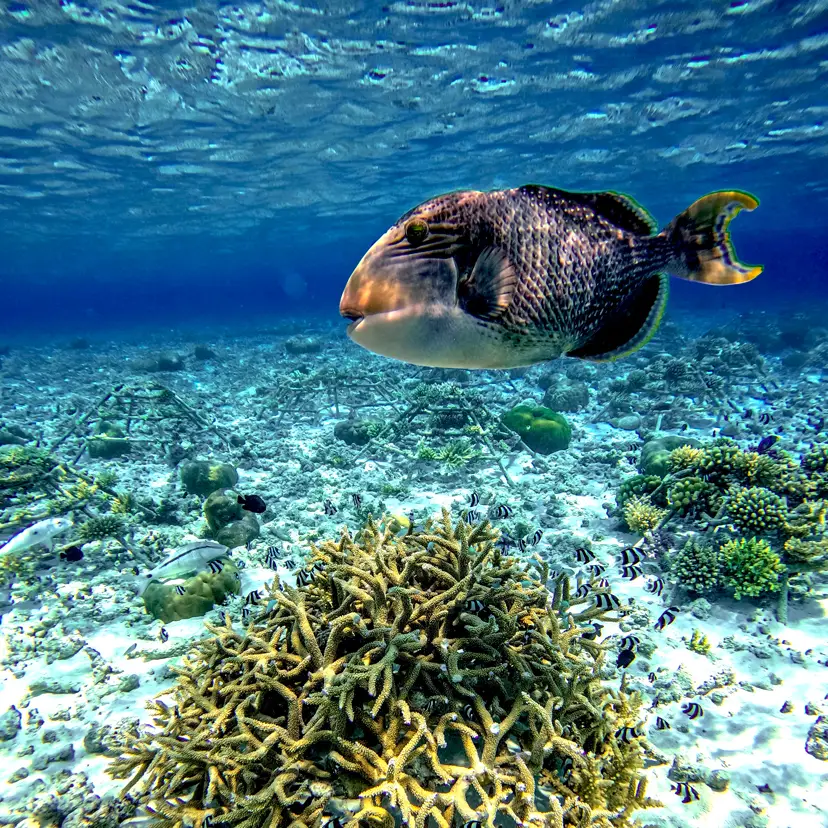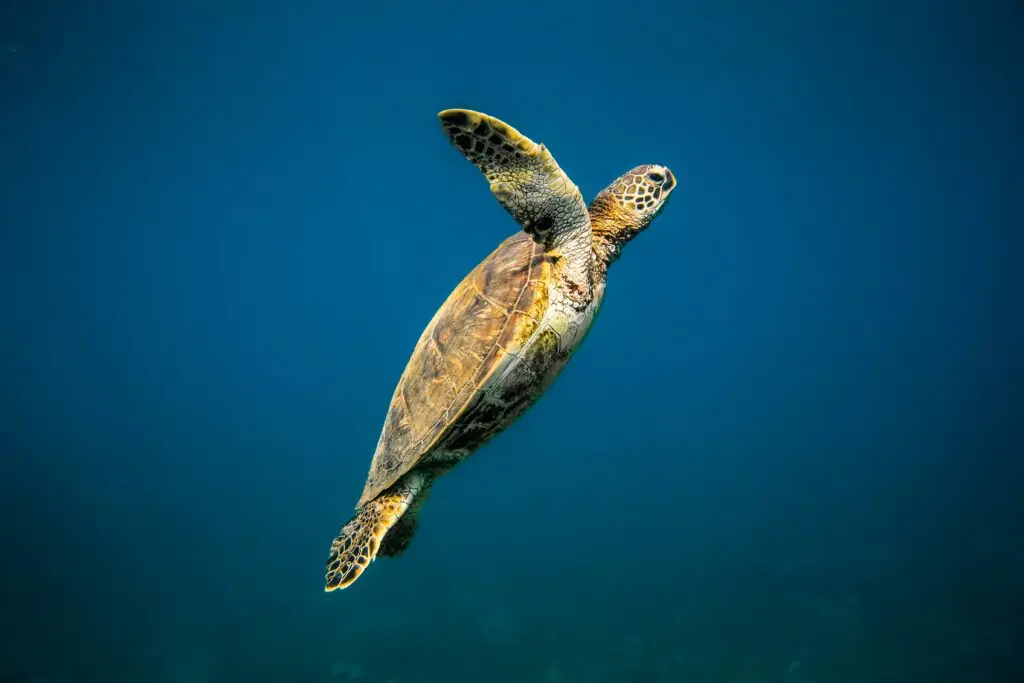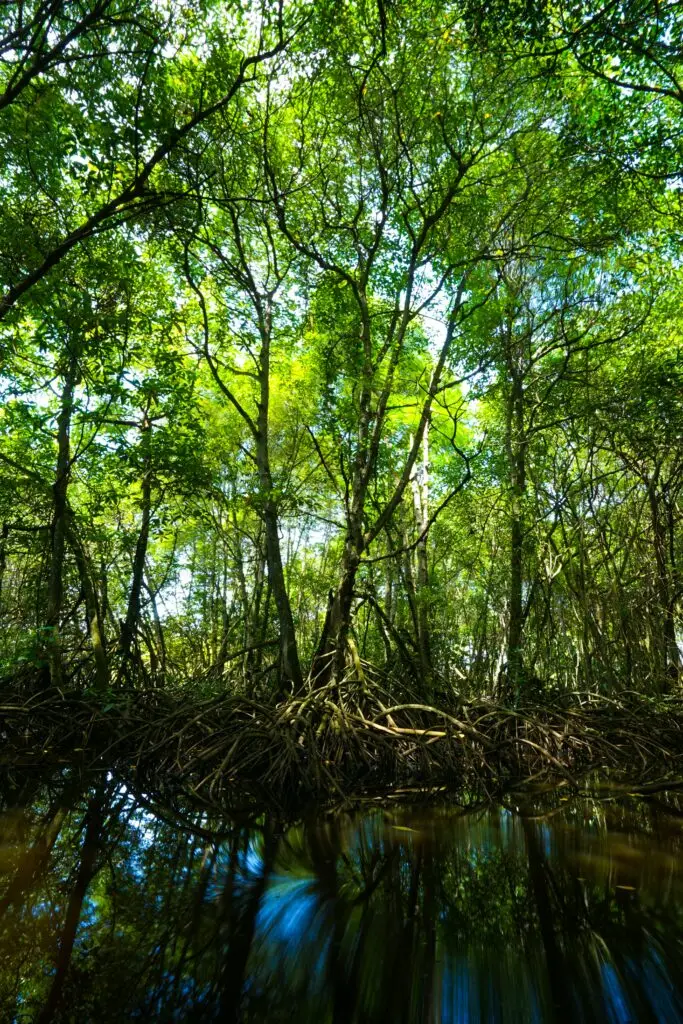Impact of climate change: fourth episode of coral bleaching in 2024
The substantial increase in ocean temperature resulting from climate change, in conjunction with the El Niño weather phenomenon, which causes ocean surface waters to warm (Fig. 1), has directly led to the onset of a fourth episode of coral bleaching. In light of these developments, NOAA (the US oceanic and atmospheric observing agency) has enhanced […]
Impact of climate change: fourth episode of coral bleaching in 2024 Read More »





